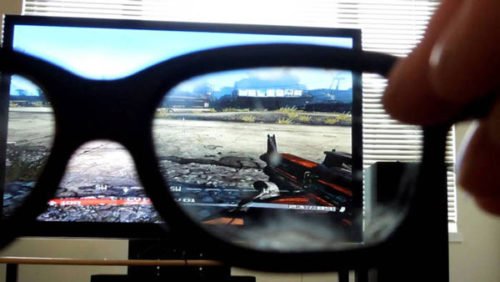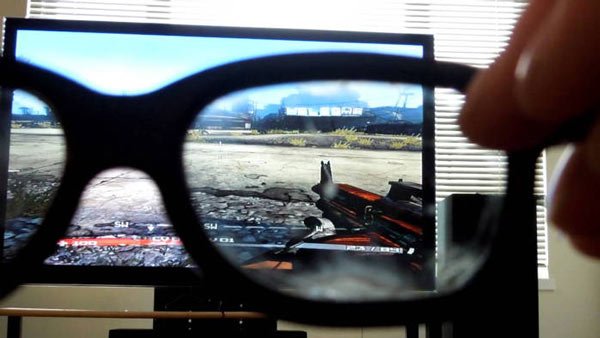
Washington D.C.: A team of researchers is trying to bring glasses-free 3-D technology to your living room.
Researchers from MIT’s Computer Science and Artificial Intelligence Laboratory (CSAIL) came up with ‘Home3D,’ a new system that allows users to watch 3-D movies at home without having to wear special glasses.
Home3D converts traditional 3-D movies from stereo into a format that’s compatible with so-called ” automultiscopic displays.” According to lead author Petr Kellnhofer, these displays are rapidly improving in resolution and show great potential for home theatre systems.
“Automultiscopic displays aren’t as popular as they could be because they can’t actually play the stereo formats that traditional 3-D movies use in theatres,” noted Kellnhofer. “By converting existing 3-D movies to this format, our system helps open the door to bringing 3-D TVs into people’s homes.”
Home3D can run in real-time on a graphics-processing unit (GPU), meaning it could run on a system such as an Xbox or a PlayStation. The team said that in the future Home3D could take the form of a chip that could be put into TVs or media players such as Google’s Chromecast.
The team’s algorithms for Home3D also let users customize the viewing experience, dialing up or down the desired level of 3-D for any given movie. In a user study involving clips from movies including ‘The Avengers’ and ‘Big Buck Bunny,’ participants rated Home3D videos as higher quality 60 percent of the time, compared to 3-D videos converted with other approaches.
Home3D converts 3-D movies from “stereoscopic” to “multiview” video, which means that, rather than showing just a pair of images, the screen displays three or more images that simulate what the scene looks like from different locations. As a result, each eye perceives what it would see while really being at a given location inside the scene. This allows the brain to naturally compute the depth in the image.
One downside to converting traditional 3-D video to multiview TVs is that the limited resolution can lead to images appearing with duplicates near or around them — a phenomenon referred to as “ghosting.” The team hopes to further hone the algorithm to minimize ghosting, but for now, they say that they are excited that their conversion system has demonstrated the potential for bringing existing 3-D movie content beyond the multiplex.
“Glasses-free 3-D TV is often considered a chicken-and-egg problem,” said Gordon Wetzstein, an assistant professor of electrical engineering at Stanford University, who was not involved in the research. “Without the content, who needs good 3-D TV display technology? Without the technology, who would produce high-quality content? This research partly solves the lack-of-content problem, which is really exciting.”
The paper will be presented at this month’s SIGGRAPH computer graphics conference in Los Angeles. (ANI)
Soon, watch 3-D movies at home sans glasses






